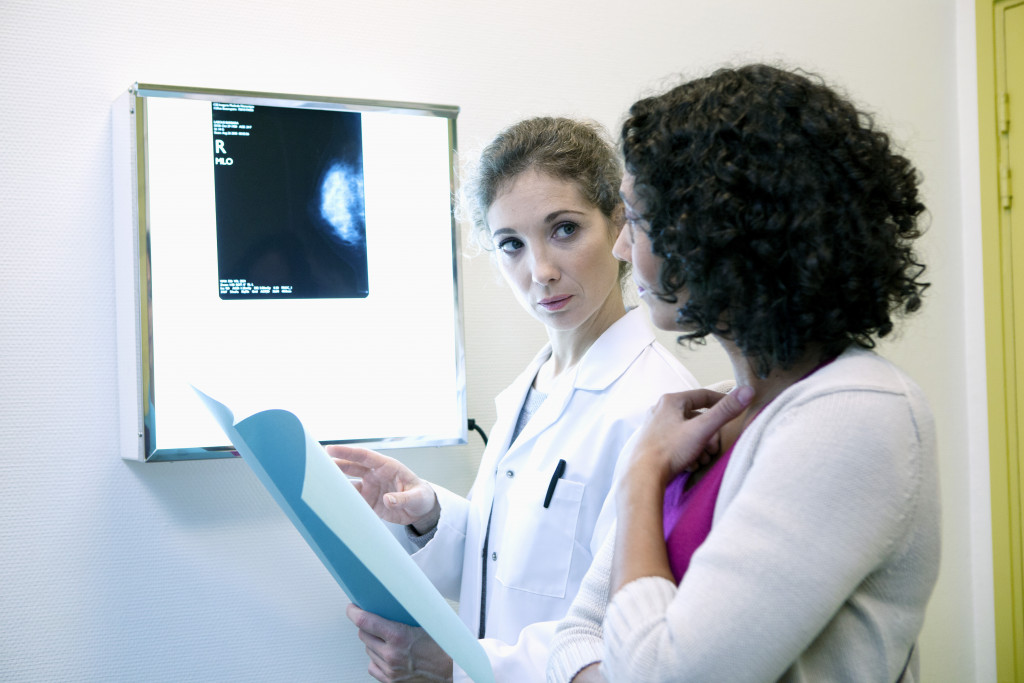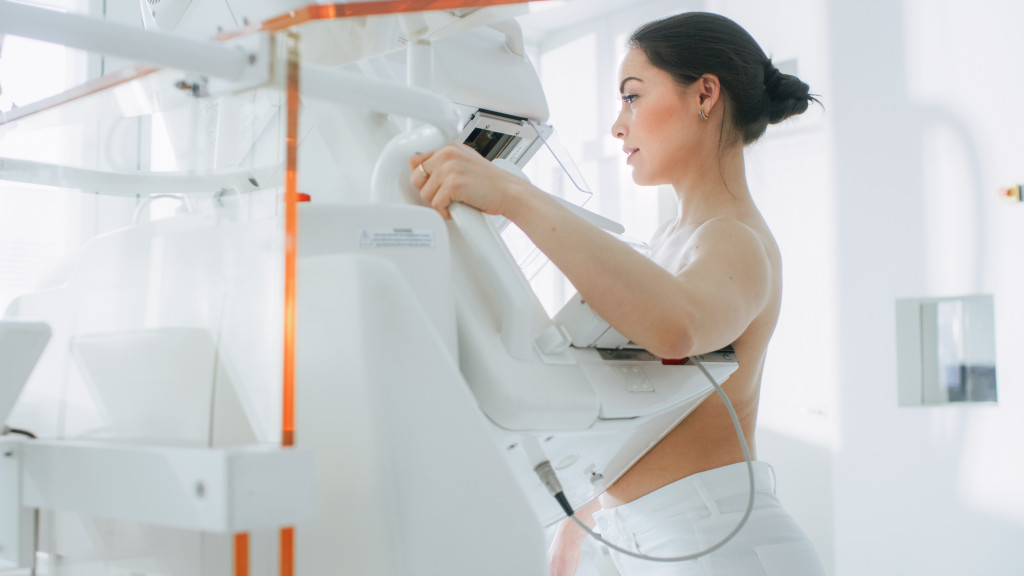Cancer research is among the most important areas of medical research worldwide. The pandemic highlights its importance as the technology used in cancer research led to the creation of the vaccine for Covid-19.
The United States funding for cancer research highlights its aspiration to prevent cancer deaths. The disease is the second leading cause of death around the world. With this, new technologies have emerged to deal with the different levels of cancer care. These technologies aim to prevent, treat, and monitor the disease that causes physical and emotional burdens on patients and their families.
Technology for Detection and Diagnosis
Early and accurate diagnosis of the disease is important. While some types of cancer are detectable early, others can escape detection until they start affecting an individual’s health. Here are some technologies aimed at the early detection and diagnosis of the disease.
Screening Technology

Detecting cancer at its early stages is possible when medical professionals have detailed knowledge about the environmental and genetic factors that cause the disease and the patient’s genetic makeup. Good screening technologies can facilitate detection along with innovations in the healthcare field.
Using a genetic test allows medical professionals to know more about the body and the risks they have to deal with. It also allows them to create a plan to prevent the disease from developing. While some tests cannot determine if certain genetic makeups can develop complex cancers, others have a DNA package that analyzes the hereditary risks for certain types of cancer. With this understanding, researchers can better understand the cytotoxicity assay of certain treatments to predict if the treatment or drugs will affect the disease.
Real-Time Diagnostics
Early detection allows doctors to deal with cancer before it spreads throughout the body. A 2019 study showed that more than 20 percent of breast cancer patients needed a second operation to remove malignant cells not initially detected. An imaging device that received a breakthrough device designation from the US Food and Drug Administration (FDA) allows doctors to detect cancer cells at a microscopic level while performing a lumpectomy. The handheld device featuring artificial intelligence (AI) can identify tumors and healthy tissues during the procedure. This reduces the need for a secondary operation for breast cancer patients. The device also improves breast-conserving surgery results among patients.
Technologies for Treatment
Detection and early diagnosis can help in preventing the development of cancer. But there are instances when early detection is not possible. With this, new technologies can help in treating certain types of cancers.
Targeted Therapies
Targeted therapies allow drugs to prevent the spread or growth of cancer by focusing on molecules that spur the development and spread of the disease. These treatments use the genetic information of a person to stop cancerous cells. They also help in preventing, diagnosing, and treating cancer. It also offers several benefits to patients. These targeted therapies have become popular in recent years, and technological developments can further refine them to make them affordable to many cancer patients.
In Silico Trials
Clinical trials normally take years before an approved treatment comes out. It also requires billions of dollars to develop. Along the way, failed drug candidates will emerge, and there is no guarantee that these trials will result in approved treatments for the disease.
But developments in technology have improved the clinical trial process through the use of AI models and data. In silico trials using advanced biological networks tapping into existing information will allow faster drug development and medical professionals to find the most suitable drug for certain cancers. In silico trials have also helped in the development of coronavirus vaccines.
Technologies for Monitoring and Care
Getting diagnosed with cancer is traumatic for anyone. While treatments are currently available, taking care of the patients and monitoring their recovery is important.
Health Sensors
Health sensors implanted, embedded, or digested allow medical professionals to monitor the health of their patients. These sensors can monitor chemotherapy effects, including temperature and vital signs.
Some sensors also trigger alarms whenever they detect an issue, allowing caregivers to perform interventions to deal with it. Patients can also use wearables, but they are less accurate and effective than implanted, embedded, or digested sensors. These types of sensors offer great potential in cancer care in the future.
Cancer care research has grown by leaps and bounds since project Moonshot was launched years ago. Despite the lack of success, it laid the foundations for the increase in funding for research to deal with this dreaded disease.



